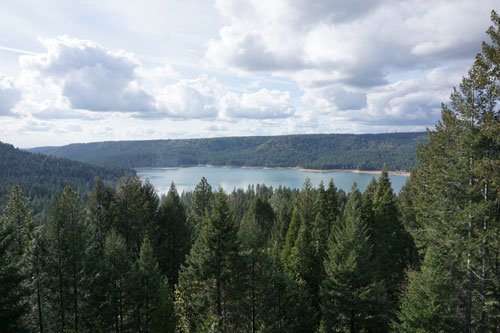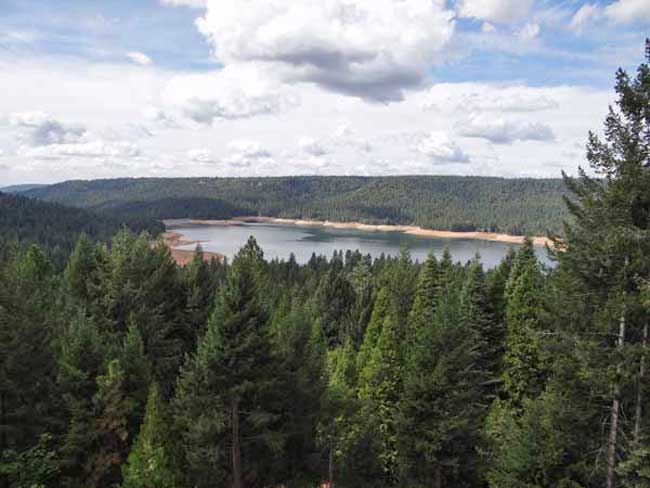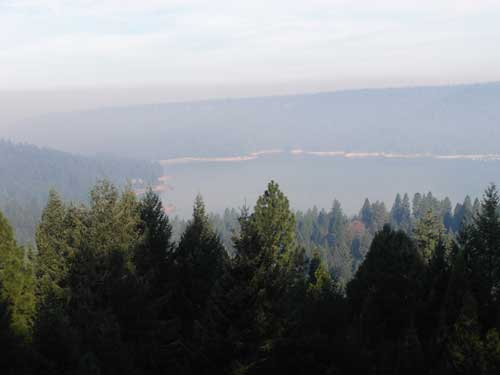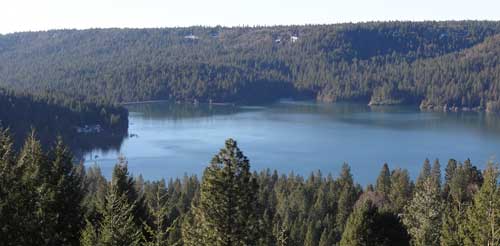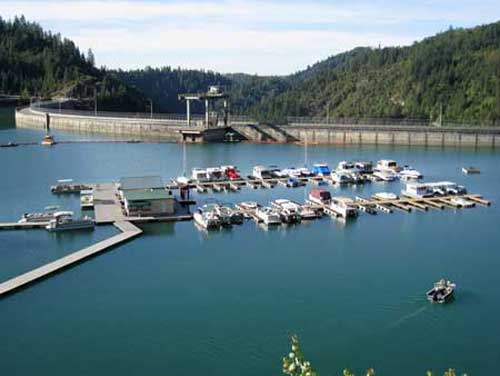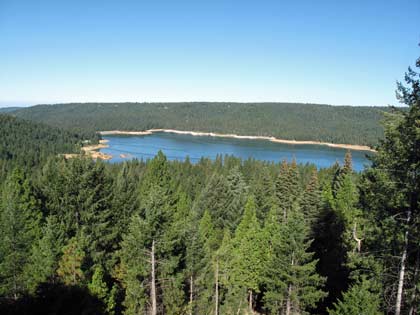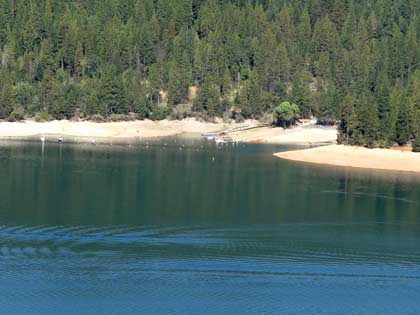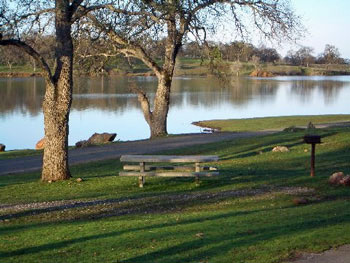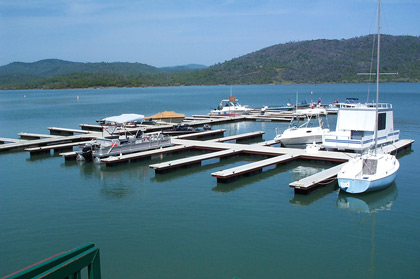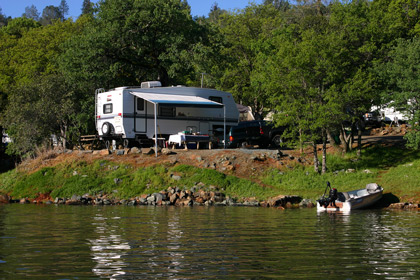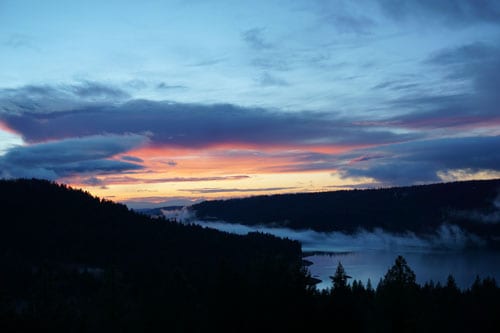
March 25, 2015
Directors of the Nevada Irrigation District on Wednesday (Mar. 25) adopted a series of drought measures that include limits on outdoor watering and a call for continued 20 percent reductions in water use by all district customers.
In a presentation to the NID Board of Directors, Water Operations Manager Chip Close recommended a package of conservation measures designed to meet requirements adopted Mar. 17 by the State Water Board and to ensure that NID has adequate carryover water storage going into next year in case the drought continues into a fifth year.
Urban Water Use
Drought measures in effect for users of piped, treated water include:
- Outdoor watering no more than three days per week, with no watering during the heat of the day (10 a.m. to 6 p.m.).
- No watering until 48 hours after a rain.
- No drinking water service in restaurants unless requested.
- Hotel and motel guest option of not having towels and linens changed daily.
- No water use that creates unnecessary runoff.
- Use of shutoff nozzle on hoses.
- No washing down of sidewalks
- Fountains must recycle water
NID and other water purveyors are being required to provide the State Water Board with monthly reports on water use, conservation compliance and enforcement efforts.
Irrigation Water Use
Drought measures in effect for users of canal water include:
- Voluntary reductions of 20 percent or more with mandatory reductions possible later in the year if conservation goals are not being met.
- New and increased irrigation water sales are limited to the smallest amount of water necessary for the customer’s beneficial use.
- All customers are encouraged to use efficient irrigation practices.
- The irrigation season, which normally runs Apr. 15-Oct. 14, could be shortened this year depending on water availability.
In a water supply update, Water Resources Superintendent Sue Sindt said this year’s water outlook is slightly worse than last year. She said the mountain snowpack is only about 6 percent of average water content for this time of year and that seasonal runoff is anticipated to be only 20-25 percent of average.
Officials credited district customers with reducing water use by an overall 16.4 percent during the 2014 drought and said an equal level or more will be needed to get through this year.
Close said that continued conservation, tight measurement and controls on the canal system, and the purchase of an available 20,000-25,000 acre-feet of additional water from the Pacific Gas and Electric Company will help meet the district’s water supply needs for this year and next.
For drought information and helpful water efficiency advice, please see NID’s website atwww.nidwater.com. Water waste may be reported through an online form or by telephone, (530) 271-6799.
Help keep this blog going
Call or write today for all your
real estate needs
John J. O’Dell Realtor® GRI
O’Dell Realty
(530) 263-1091
EMail John O’Dell
BRE#00669941
Error: Contact form not found.
